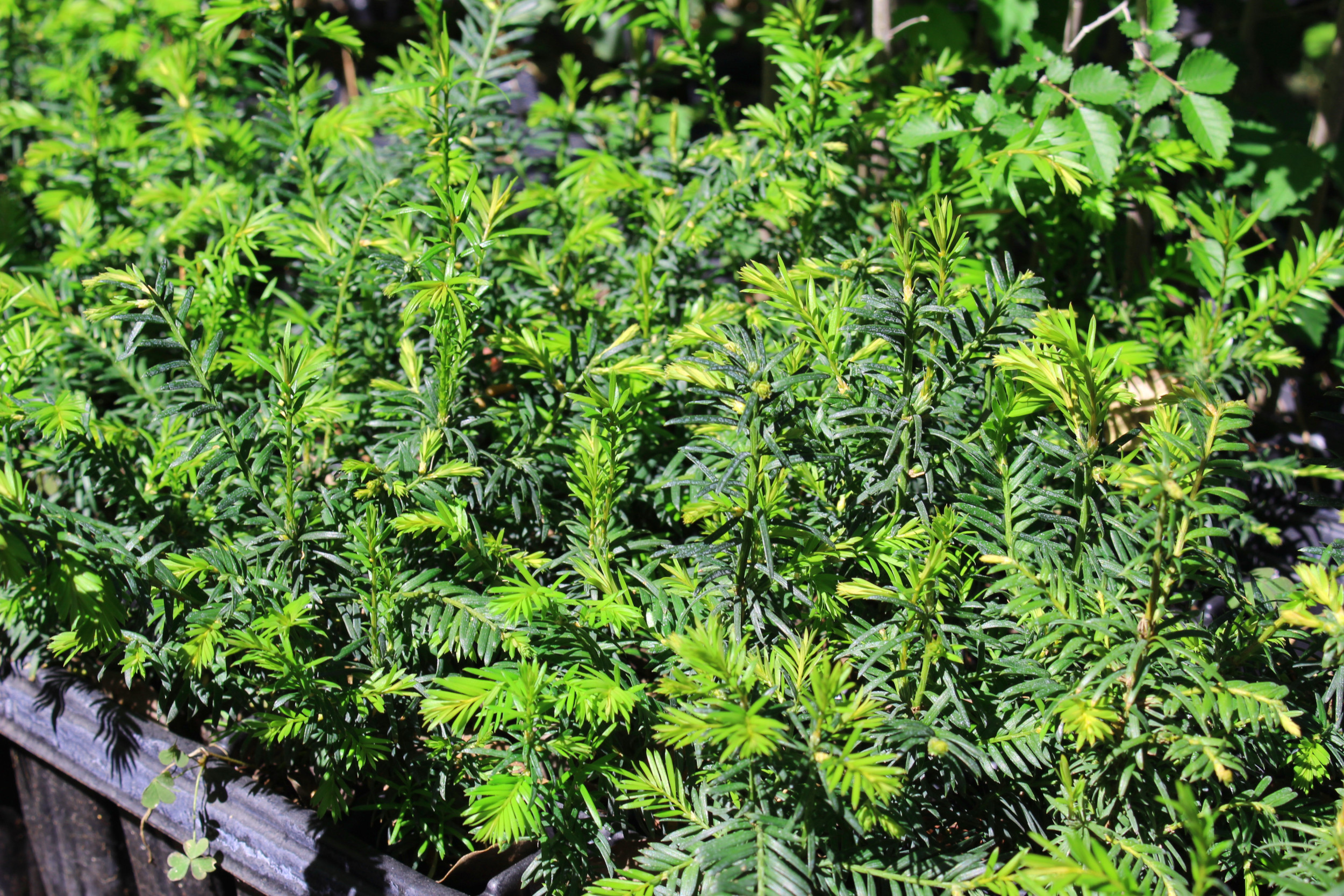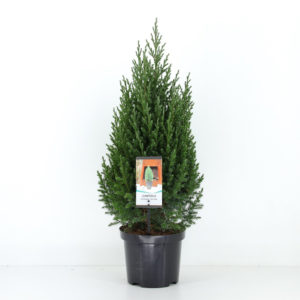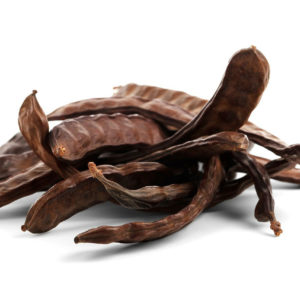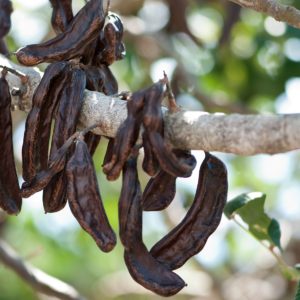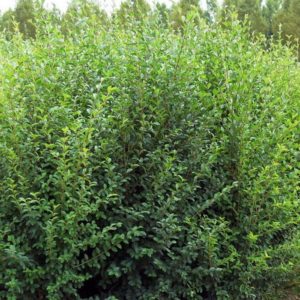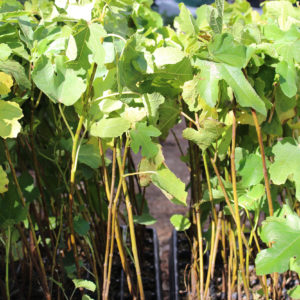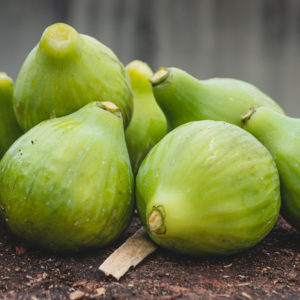Description
Taxus Baccata, commonly known as the European yew, is a species of coniferous tree native to Europe, North Africa, and parts of Asia. It is characterized by its dense, dark green foliage and red, fleshy berries. The English yew is renowned for its longevity, often living for several centuries and occasionally reaching ages of over a thousand years.
The plant can be used as a hedge, as a solitary plant and is also often used to create bonsais.
This evergreen tree typically grows to heights of 20 to 60 feet, with a spread of 10 to 20 feet. Its bark is reddish-brown and becomes deeply furrowed with age. The foliage consists of flat, needle-like leaves arranged spirally around the stems. Unlike many other conifers, the English yew produces its seeds in a fleshy, berry-like structure called an aril, which surrounds a single seed.
Taxus Baccata is highly adaptable to various environmental conditions, thriving in both full sunlight and shade. It can tolerate a wide range of soil types, including chalk, clay, sand, and loam, although it prefers moist, well-drained soil. This adaptability makes it a popular choice for landscaping and ornamental purposes in gardens and parks.
The European yew has a rich cultural and historical significance. It has been revered since ancient times for its symbolic associations with life, death, and rebirth. In Celtic mythology, the yew tree was considered a symbol of immortality and resurrection, often planted in churchyards as a symbol of eternal life. Its durable wood was also highly valued for making longbows, a weapon of war and hunting in medieval Europe.
Despite its cultural importance, Taxus Baccata contains potent toxins, particularly in its leaves, seeds, and bark. These toxins, known as taxanes, can cause severe illness or death if ingested by humans or animals. Nevertheless, the tree has found medicinal uses throughout history, with extracts from its bark and leaves being used in traditional folk remedies and, more recently, in cancer treatments.
In addition to its cultural and medicinal significance, the European yew provides important ecological benefits. Its dense foliage offers shelter and nesting sites for birds and small mammals, while its berries provide a food source for various species, including birds such as thrushes and blackbirds. Furthermore, the tree’s evergreen foliage helps to stabilize soil and prevent erosion, making it valuable for landscaping in areas prone to erosion.
Despite its resilience and adaptability, Taxus Baccata faces threats from habitat loss, overexploitation, and disease. In some regions, it is considered endangered or vulnerable due to factors such as deforestation and urbanization. Conservation efforts are underway to protect remaining populations and promote sustainable management practices to ensure the survival of this iconic species for future generations.
Scientific name: Taxus Baccata
Common name: European Yew, English Yew, Common Yew
Origin: Spain
Height of growth: Up to 20 metres
Hardy: Yes
Heat sensitive: No
Sensitive to wind: No
Suitable as bonsai: Yes
Plant height: 10-40cm
Additional information
| Weight | 0,2 kg |
|---|---|
| Size | 10-20cm |
